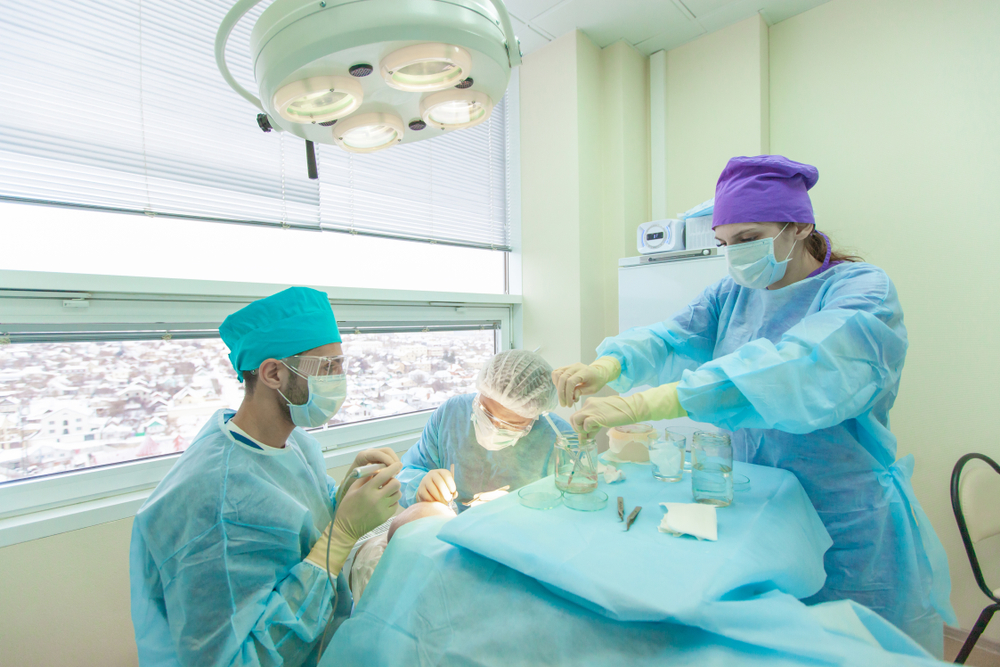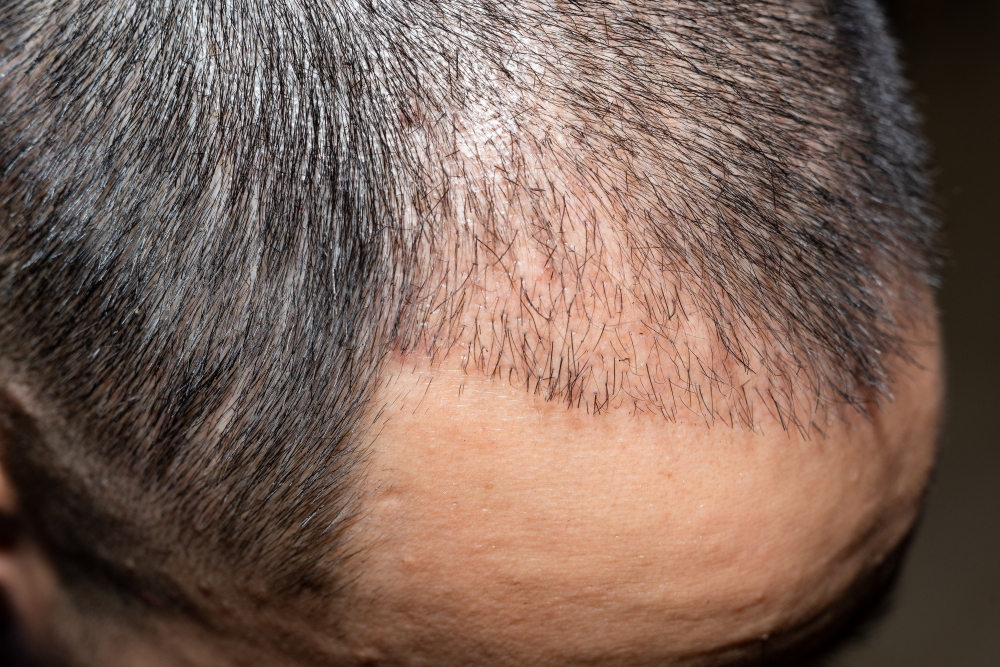The days immediately following a hair transplant are crucial for the success of the procedure and the overall healing process.
Here are the most crucial days after a hair transplant…
- Day 1 – The first day after the transplant is crucial for monitoring and ensuring that there is no excessive bleeding, infection, or adverse reactions to anesthesia. Follow post-operative care instructions carefully.
- Day 2-3 – Swelling and redness in the recipient and donor areas are common during these days. You should continue to rest and avoid any strenuous activities, as excessive physical exertion can lead to complications.
- Day 4-7 – The grafts are most vulnerable during this time, as they begin to settle into their new locations. Protecting the transplanted area from direct sunlight, wind, and other potential sources of injury is essential. Continue to follow post-operative care guidelines, which may include gently cleaning the scalp and applying prescribed medications.
- Day 10-14 – Many patients experience shedding of the transplanted hair during this period. This is a normal part of the healing process, and it’s known as “shock loss.” New hair will start to grow from the transplanted follicles after a few months.
- Day 14-21 – As you approach the third week, the swelling and redness should begin to subside. Avoid intense physical activities, saunas, steam rooms, and direct sun exposure.
- Week 3-6 – You can typically resume normal activities during this period, but it’s still important to be gentle when handling your hair and scalp. Avoiding activities that may cause trauma to the grafts is crucial.
- Month 2-3 – New hair growth may begin during this time. The transplanted hair will likely be thin and gradually become thicker over the coming months.
- Month 4-6 and beyond – You should start to see noticeable improvements in the density and appearance of your hair. The final results may take up to a year or more to fully manifest.
The specific instructions and timelines may vary depending on the type of hair transplant (e.g., FUE or FUT) and the individual’s healing process. Always follow your surgeon’s post-operative care instructions closely, attend follow-up appointments, and communicate any concerns or issues promptly to ensure the best possible outcome.





